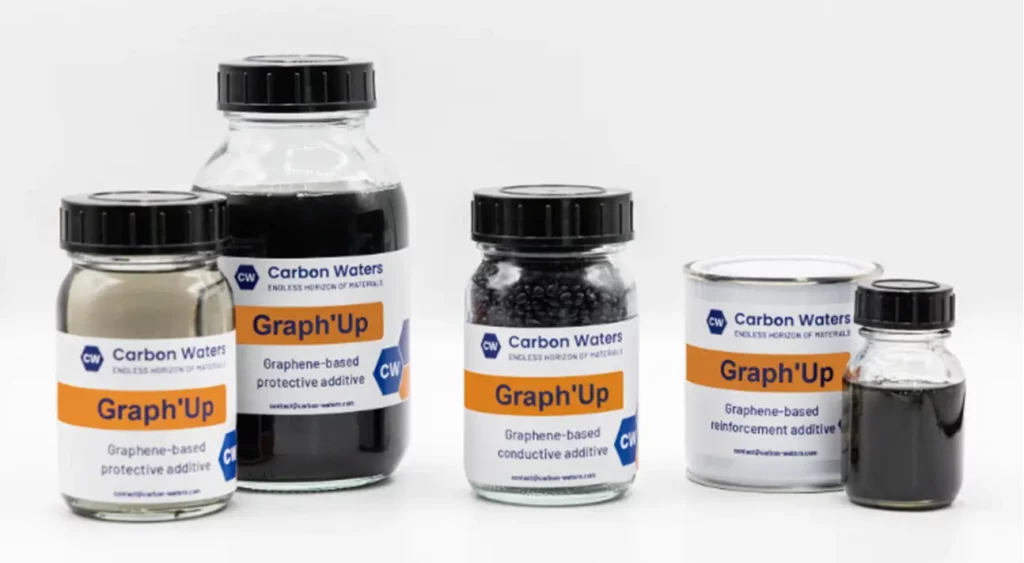Since the early 1990s, more and more wind turbines – modern windmills that convert the energy of the wind into electricity – have been blooming in our landscapes.
As part of the energy transition, the wind turbine market is expanding to offer greener energy with controlled environmental impact. According to Ademe, this energy source is one of the least polluting throughout its life cycle.
However, the sector faces a number of challenges, not least the lifespan and recycling of certain wind turbine components. Carbon Waters reports.
Significant environmental benefits thanks to wind turbines
If wind farms are multiplying, accounting for almost 10% of total electricity production in France, for example, it’s obviously with the aim of developing renewable energy sources. Whether onshore or offshore, a 2 MW wind turbine produces an average of 4,200 MWh per year, equivalent to the average electricity consumption of around 800 households in France.
What’s more, according to the International Energy Agency (IEA), wind power significantly reduces CO2 emissions. In 2020, nearly 170 million tonnes of greenhouse gases were avoided thanks to wind power.
This energy source produces electricity without polluting the environment, thus preserving flora and fauna, unlike other types of energy production such as nuclear or gas.
Issues in the wind energy sector
Despite all these advantages and the boom in the sector, it is nevertheless plagued by two difficulties, directly linked to the end-of-life of components:
- The recyclability of blades: the composite materials (glass and carbon fibers mixed in epoxy or polyester resins) currently used are not recyclable.
- The fragility of composites used for offshore wind turbines.
On the first front, manufacturers such as Siemens Energy and Arkema are working on the production of recyclable resins for offshore wind turbine blades. Siemens Gamesa, a subsidiary of the Siemens Energy group dedicated to wind power, already offers solutions through its RecyclableBlade range. For onshore wind turbines, on the other hand, the issue seems more complex, as they are built in two parts, with the glue joint posing a problem in terms of recyclability.
As far as the fragility of offshore equipment composites is concerned, current events bear direct witness to this. Recently, Siemens Gamesa suffered huge financial losses. The cause? Technical problems, mainly quality defects in the blades, leading to fractures. The world’s second-largest wind turbine manufacturer announced that 15 to 30% of its wind farm would be affected, representing over 30GW of turbines and losses of nearly $3 billion. The company’s shares fell by over 30% on the stock market.
Graphene as a solution for strengthening wind turbines and extending their service life
To overcome the problem of the quality of offshore wind turbines, which are by definition subject to severe conditions, solutions can be adopted to preserve the integrity of the materials of which they are made.
Graphene is the ideal material for enhancing the strength and lightness of wind turbine blades made from composite materials.
Carbon has already demonstrated its effectiveness in both these respects, as shown by a study carried out by Case Western University in the USA. Blades reinforced with carbon nanotubes are said to be 8 times stronger than traditional blades, and much lighter, reducing the load on turbines.
For offshore equipment, the anti-corrosion factor must also be taken into account. Here too, graphene’s excellent barrier properties help protect materials from oxidation.
In additive form, it can be incorporated directly into the resin used in the manufacture of wind turbine blades. Better protected, the materials benefit from a longer service life. When integrated into wind turbine composites, these solutions could reduce the need to renew certain wind farms, thus generating significant savings in maintenance costs.
Graph’Up: graphene-based performance additives for the wind energy sector
Following several years’ development work in conjunction with manufacturers specializing in polymers and composites, Carbon Waters has developed a range of graphene-based performance additives that respond directly to these challenges.
Tests carried out on this dedicated Graph’Up range show a very strong improvement in the mechanical properties of thermosetting polymers (epoxies), even at low concentrations:
- +30% tensile strength and resistance to deformation
- +50% stiffness
- +30°C temperature resistance (more information on request).
In addition, a qualification phase has been launched with several European companies, notably for wind power applications. In addition, Carbon Waters has initiated an R&D collaboration with a leading specialty polymers company. The aim is to use this range of additives in a very specific family of polymers to meet the challenges of recyclability for composites used in the wind energy sector.
